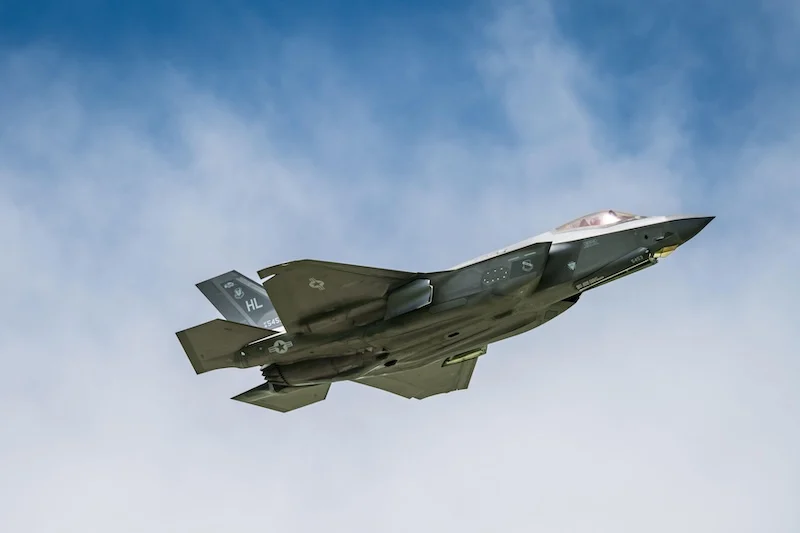Northrop Grumman and Pratt & Whitney Advance F-35 Production With Automation and Engine Contracts

The F-35 Lightning II program is entering a new phase of innovation and industrial strength as key suppliers Northrop Grumman and Pratt & Whitney roll out advancements in automation, assembly, and propulsion. Together, these efforts ensure that the world’s most advanced multirole fighter continues to meet global demand while improving affordability, reliability, and capability.
Northrop Grumman’s Automated Assembly Line
Since 2001, Northrop Grumman has been a principal member of the Lockheed Martin-led F-35 industry team, producing the center fuselage and multiple mission systems. To keep pace with demanding production schedules, the company has invested heavily in advanced robotics and automation, inspired in part by practices from the U.S. automotive industry.
“We knew that automation and robotics would be key to meeting the F-35 program’s goal of continued high-volume production,” said Glenn Masukawa, vice president and F-35 program manager at Northrop Grumman. “We also needed to be affordable, which implied a lot of cost reductions over time.”
Working with Detroit-based KUKA Systems North America, Northrop Grumman blended automotive automation expertise with aerospace tooling to create the Integrated Assembly Line (IAL) at its Aircraft Integration Center of Excellence in Palmdale, California. The facility now incorporates more than 115 build stations and 22 automated systems, capable of producing a center fuselage every 30 hours. To date, more than 1,400 units have been delivered.
The IAL supports all three F-35 variants—conventional takeoff and landing (CTOL), carrier variant (CV), and short takeoff/vertical landing (STOVL)—using the same base tooling. Mechanics receive parts in custom “shadow boxes” to streamline installation, a system that has resulted in near-perfect accuracy.
With nearly 100,000 employees worldwide, Northrop Grumman has invested more than $13.5 billion in infrastructure and research, positioning the company as a key driver of efficiency and innovation in the defense aerospace sector.
Pratt & Whitney Secures $2.9 Billion Engine Contract
In parallel, the U.S. Department of Defense has awarded Pratt & Whitney, a division of RTX, a $2.9 billion contract to produce and deliver 141 F135 engines for the 18th production lot of the F-35 Lightning II. The order covers deliveries to both U.S. armed forces and allied international customers, with completion expected by February 2028. An initial $2 billion tranche has already been allocated.
Pratt & Whitney has so far delivered more than 1,200 serial-production F135 engines, which together have logged over one million flight hours across 12 nations. The powerplant has proven itself in both operational missions and combat deployments, reinforcing the F-35’s status as a cornerstone of allied airpower.
Looking ahead, the company plans to introduce upgraded F135 engines from 2028, a modernization program projected to save $40 billion over the lifetime of the global fleet. Alongside the engine upgrade, RTX companies are developing the EPACS power and cooling module, designed to increase onboard electrical capacity and improve cooling for future aircraft systems. Currently in prototype testing, EPACS will support the F-35 Block 4 upgrade package and beyond.
Building the Future of the F-35
Together, Northrop Grumman’s automated assembly innovations and Pratt & Whitney’s next-generation propulsion investments highlight the industrial depth behind the F-35 program. As demand for the aircraft grows worldwide, these advances are ensuring that production remains efficient, costs are contained, and the platform continues to evolve to meet future mission requirements.
Related News: https://airguide.info/?s=Northrop+Grumman, https://airguide.info/?s=Pratt+Whitney, https://airguide.info/?s=f-35, https://airguide.info/category/air-travel-business/defense-military/
Sources: AirGuide Business airguide.info, bing.com, Defence Industry Europe
